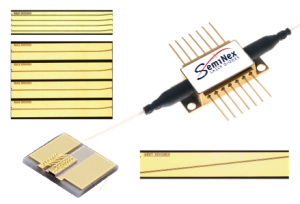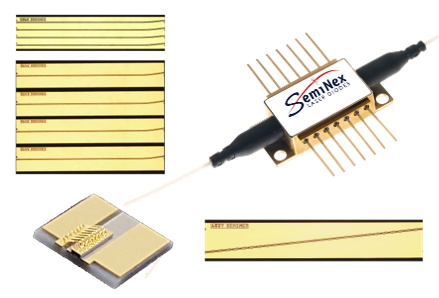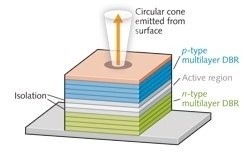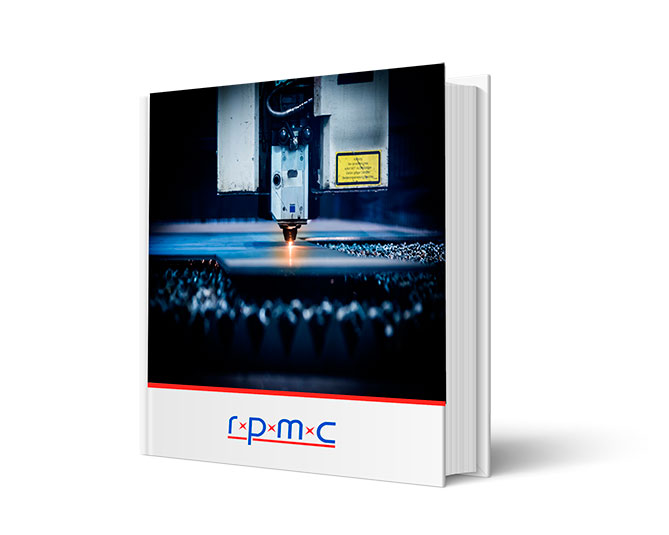Semiconductor Optical Amplifiers (SOA)
Compact, High-Gain Solutions for
Optical Communication, LIDAR & More
-
-
-
-
-
- High Output Power at Key Telecom Wavelengths
-
-
-
-
-
-
-
-
-
- Fast, Efficient Amplification for High-Speed Applications
-
-
-
-
-
-
-
-
-
- Versatile & Cost-Effective Optical Amplification
-
-
-
-
The Semiconductor Optical Amplifiers (SOA) We Offer:

High Output Power at Key Telecom Wavelengths
-
- 1.3µm & “eye-safe” 1.5µm with output powers in the hundreds of milliwatts
- Broad bandwidth w/ gain up to ≈30dB for effective amplification in optical comm. systems
- Cost-effective power boosting – Narrow linewidth SLM versions to retain spectral purity

Fast, Efficient Amplification for High-Speed Applications
-
- Rapid response times: real-time signal amplification in high-speed comm. & LIDAR systems
- Amplifies optical signals (no electrical conv.), minimal signal loss & enhancing efficiency
- Compact packages: 14-pin butterfly & TO-9 – Easy integration into existing systems

Versatile & Cost-Effective Optical Amplification
-
- Provides polarization-independent amplification, suitable for telecom, LIDAR & spectroscopy
- Cost-effective alternative for other amplifier types, suitable for large-scale deployments
- Supports nonlinear signal processing for advanced applications like high-res. spectroscopy
SOA: 4-emitter array – Curved

SOA: Single waveguide – Tilted

RPMC offers a range of semiconductor optical amplifiers (SOAs) designed to provide high-gain, efficient amplification at key telecom wavelengths of 1.3 µm and 1.5 µm. With output powers in the hundreds of milliwatts and gains up to ≈30 dB, our SOAs are ideal for amplifying signals in fiber-optic communication systems, LIDAR, and high-resolution spectroscopy. Thanks to fast response times and compact packaging options, such as 14-pin butterfly and TO-9 packages, SOAs deliver reliable performance in high-speed data communication systems and mobile base stations. Offering a cost-effective and versatile solution, RPMC’s SOAs ensure low-noise amplification while retaining the signal integrity and beam properties of your laser, making them an essential tool for both telecom and advanced optical applications. As your trusted partner, RPMC is here to support your needs from integration to long-term performance.

 SHIPS TODAY
SHIPS TODAY 



